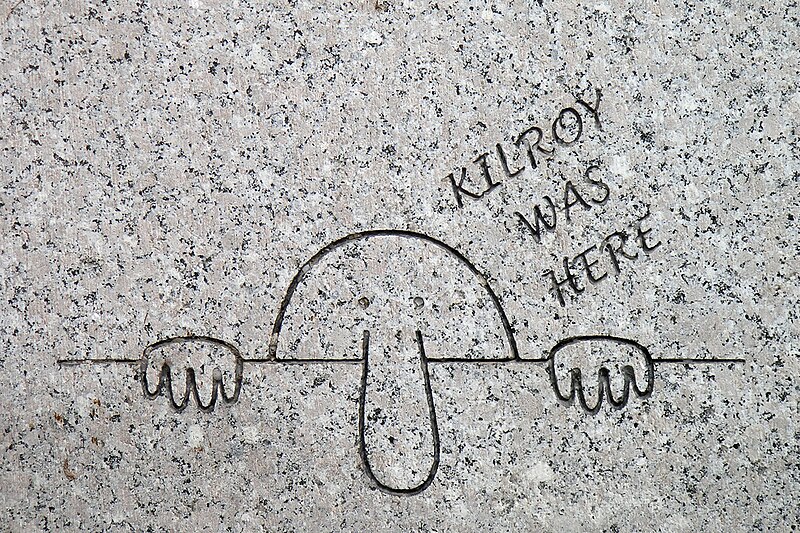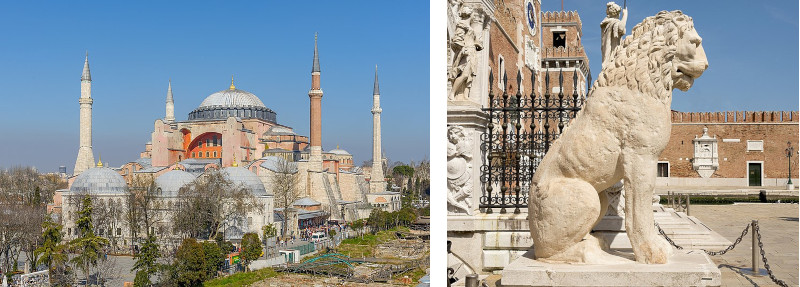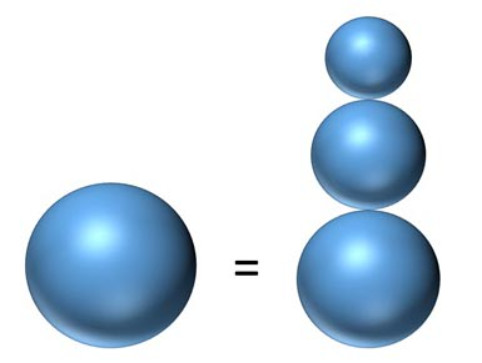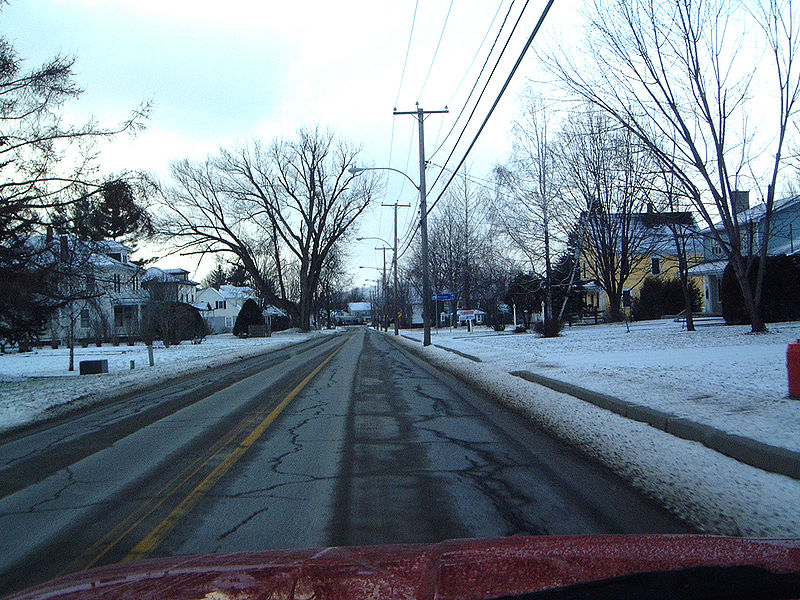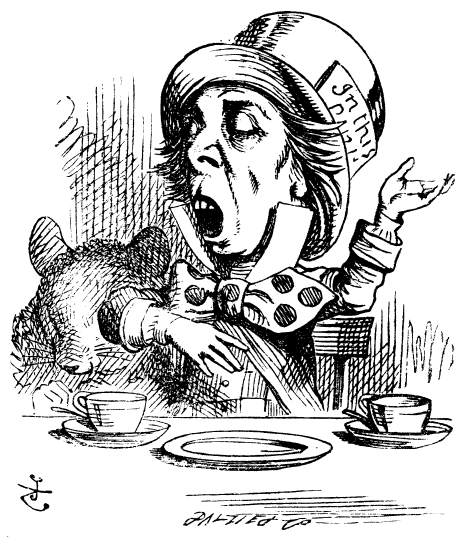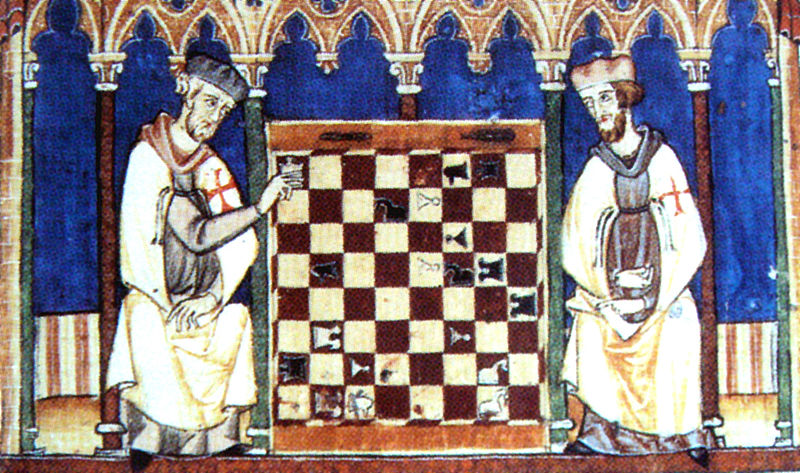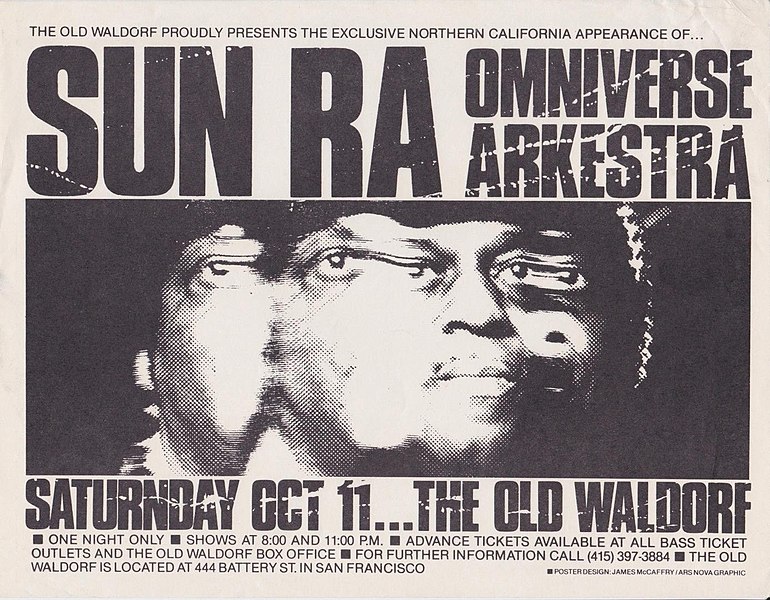Harry Mathews assembled lines from 14 existing sonnets to make a new one:
Shall I compare thee to a summer’s day
And dig deep trenches in thy beauty’s field?
Why lov’st thou that which thou receiv’st not gladly,
Bare ruin’d choirs where late the sweet birds sang?
Anon permit the basest clouds to ride
And do whate’er thou wilt, swift-footed Time:
Nor Mars his sword, nor war’s quick fire, shall burn
Even such a beauty as you master now.
Love’s not Time’s fool, though rosy lips and cheeks
(When other petty griefs have done their spite,
And heavily) from woe to woe tell o’er
That Time will come and take my love away;
For thy sweet love remembered such wealth brings
As any she belied beyond compare.
“This new poem sheds light on the structure and movement of the Shakespearean sonnet,” he wrote. “Nothing any longer can be taken for granted; every word has become a banana peel.”
(Harry Mathews, “Mathews’s Algorithm,” in Warren F. Motte, ed., Oulipo: A Primer of Potential Literature, 1998.)

